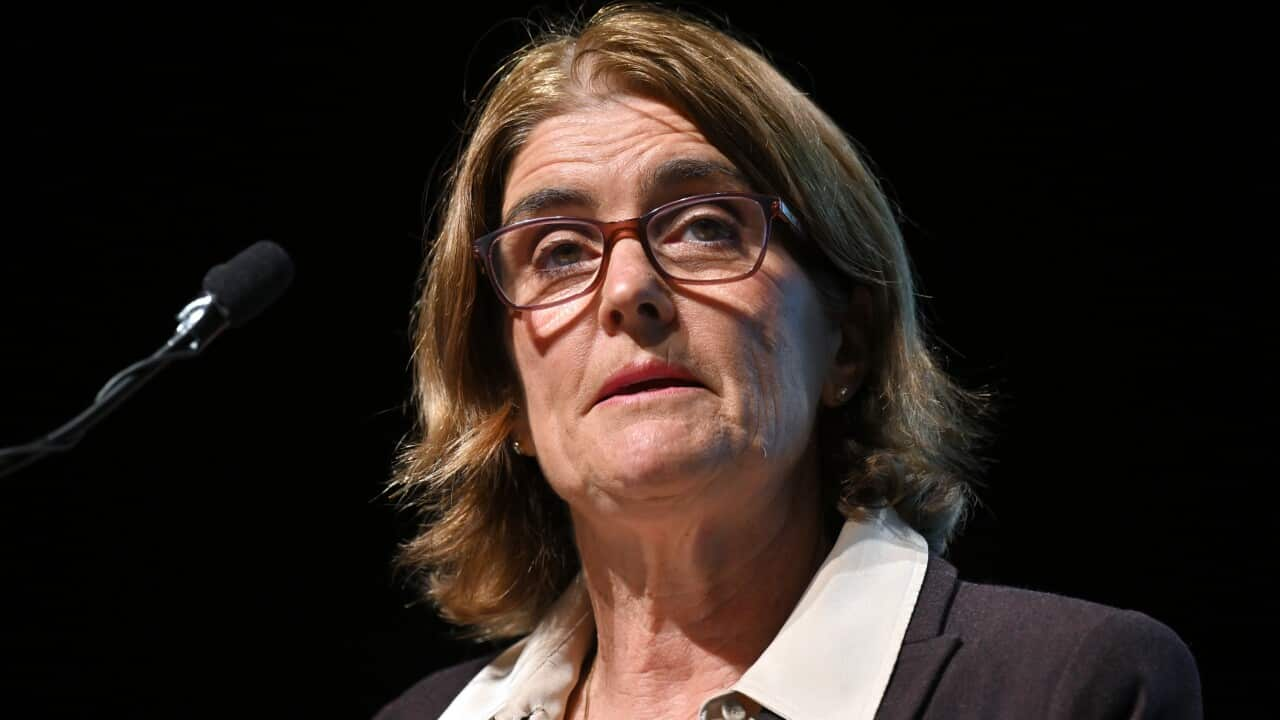Key Points
- Reserve Bank governor Michele Bullock said stubborn inflation, driven by demand, will take longer to tame.
- Bullock said increased demand for services such as dentistry and haircuts are driving up prices.
- Interest rates may stay high for two years to curb inflation.
Inflation and the have been causing pain for Australians throughout 2023, and pressures do not appear to be easing anytime soon.
And according to the, haircuts and going to the dentist have become key factors in the problem.
In a speech on Wednesday night, Michele Bullock said the remaining inflation challenge is "increasingly homegrown and demand-driven".
"Hairdressers and dentists, dining out, sporting and other recreational activities – the prices of all these services are rising strongly," she said.
Bullock's comments have sparked , but could your appointments really be driving up inflation?
Here's what you need to know.
What is homegrown inflation?
A key element of Bullock's speech was the concept of homegrown, demand-driven inflation.
Shane Oliver, chief economist and head of investment strategy at AMP, said homegrown inflation refers to conditions in the domestic economy, rather than international factors such as or the ongoing effects of the COVID-19 pandemic.
He said there's been an increase in demand for services in Australia, which has led to providers raising their prices.
"It's really inflation - which reflects strong demand relative to supply in Australia - and conditions in the Australian economy, contrasting [against] rises in the price of gas or petrol which may be due to global factors," he said.
"Strong conditions in the Australian economy are driving a shortage of goods and services and creating conditions where companies and businesses can raise their prices."
Oliver said the increase in demand has been caused by a combination of factors, including a post-COVID-19 "spending boom" and population growth.
"We have started to see a slowdown in spending per person, but we have seen a surge in the number of people in Australia ," he said.
"That means while the average person is spending less, there is more being spent and more demand for services and housing."

Reserve Bank of Australia governor Michele Bullock said it will take some time to bring inflation down. Source: AAP / Mick Tsikas
"There is difficulty and stress on the supply side in Australian businesses; you see 'help wanted' signs everywhere and skilled workers in short supply ... businesses are unable to provide the market with how much the market wants," she said.
"When suppliers just can't get (services) into the market, there is going to be an increase in price, because you have a scarcity of supply and strong demand."
What does this all mean for interest rates?
The RBA has been last year to bring inflation under control, and hiked the cash rate by 0.25 per cent to a 12-year high of 4.35 per cent in November.
This followed several months when rates were held steady.
The minutes from its November board meeting showed another month on hold was discussed. One of the arguments for leaving rates unchanged was that inflation expectations were still anchored.
But the prospect of more increases remains alive, depending on how the economy fares.
Oliver said previous interest rate rises may have done enough to bring down inflation, but whether or not the RBA raises the cash rate again will depend on upcoming economic data.
"We think (the RBA) has done enough, but the risk of another rate is still high," Oliver said.
"A lot is riding on some economic data to be released next week, retail sales figures and the CPI index, so if those are on the high side it would probably tip the RBA over in December, but I think it's more likely they’ll probably be soft and that will enable the RBA to hold."
When will cost of living pressures ease?
When supply chain issues were the main price pressures behind inflation, it only took about nine months for inflation to fall from 8 per cent to 5.5 per cent as these disruptions resolved.
The push to bring inflation back within the central bank's 2 to 3 per cent target range is expected to take roughly two years.
"We expect it to take another two years for inflation to fall that much again and move below 3 per cent," she said.
"This is because much of the remaining task of bringing inflation back to target will require bringing aggregate demand and aggregate supply into closer alignment.
"That is what the board is aiming to do with monetary policy - to slow the growth of demand enough to bring inflation back to target while keeping employment growing."
Foster said she expects it will take at least a year for inflation and cost of living pressures to ease.
"These issues we are seeing in the economy of disruption to supply, demands and employee habits are really entrenched cultural and economic issues and it takes a long time to fix those," she said.
"I hate to say it, but I don't see this resolving within the next year."












